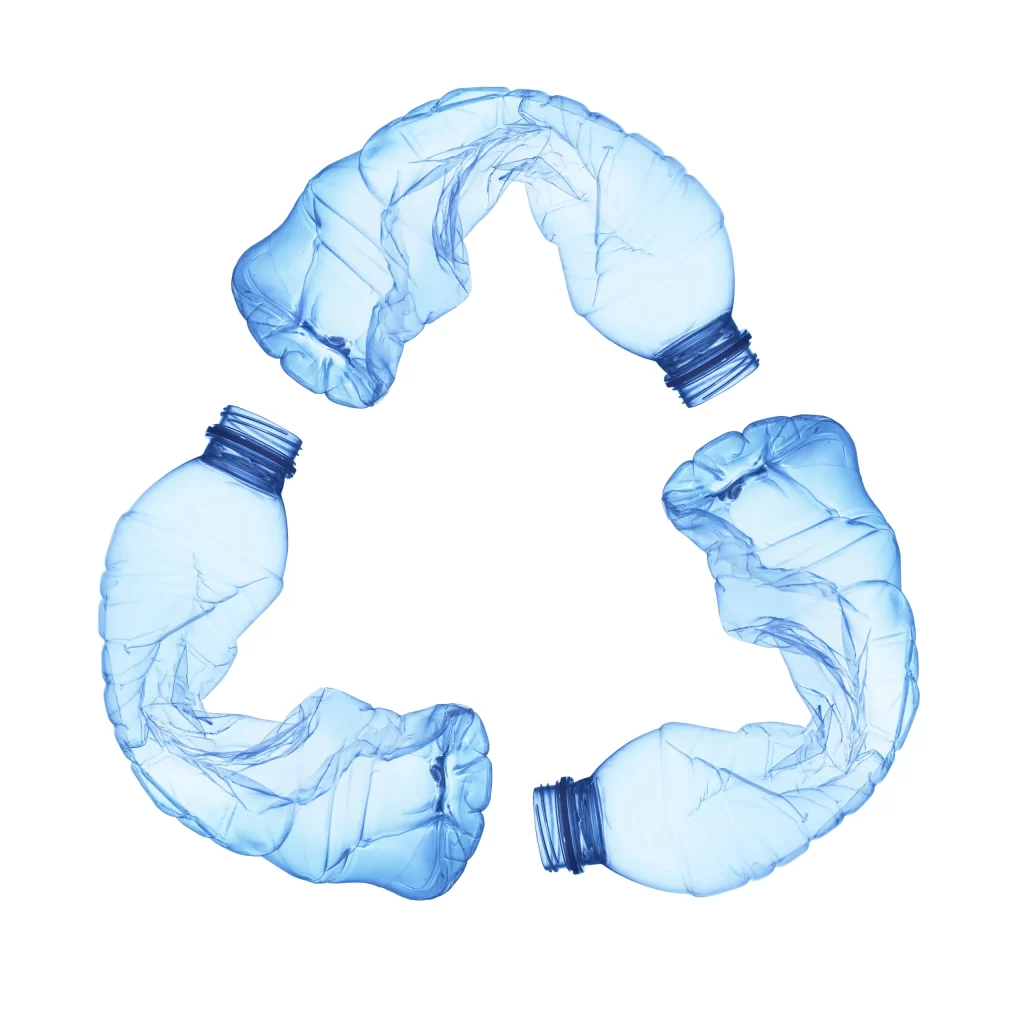PCR physical recycling is an environmentally friendly technology for recycling waste and renewable resources, characterized by the conversion of waste into reusable materials through physical treatment methods. In this process, chemical reactions or high-temperature treatment are not used, but mechanical equipment and physical operations are relied upon to separate, purify, and process waste, making it a high-quality renewable resource. The significance of this recycling method lies in reducing environmental pollution, resource waste, and promoting sustainable development.
Why do we need to use physical methods for recycling?
In today’s society, the continuous consumption of resources and the increase in waste have become global issues. Traditional waste disposal methods often rely on landfilling and incineration, which not only waste resources but also generate a large amount of harmful emissions and greenhouse gases, causing serious impacts on the environment and health. Therefore, finding more environmentally friendly and sustainable waste disposal methods has become crucial.
Physical recycling technology has developed to address this challenge. Unlike traditional chemical treatment or incineration, physical recycling relies on mechanical equipment and physical operations, through physical separation, screening, crushing and other steps, to convert waste into high-quality renewable resources while minimizing adverse environmental impacts. This makes physical recycling one of the most popular waste recycling technologies today.
The significance of PCR physical recovery:
Waste reduction: Through physical recycling, waste can be reprocessed and reused, reducing the total amount of waste, reducing the demand for landfills, and alleviating the pressure of waste treatment.
Resource recycling: Physical recycling can effectively convert waste into renewable resources, achieve resource recycling, reduce the exploitation of native resources, and thus reduce the impact of the environment on resource extraction.
Environmental protection: Physical recycling avoids toxic waste and pollutants generated during chemical treatment, helps protect soil, water, and air quality, and reduces damage to ecosystems.
Energy conservation: Compared to chemical reactions or high-temperature treatment, physical recovery usually consumes less energy, which helps to save resources and reduce energy consumption.
PCR physical recovery process and standards:
Collection and sorting: The collection of waste is the first step in physical recycling. Waste typically includes different types of materials such as plastic, paper, metal, glass, etc. After collection, it is necessary to classify and sort the waste, separating different types of waste for subsequent treatment.
Crushing and crushing: In the process of physical recovery, waste may need to be crushed and crushed for better subsequent separation and screening. This step can convert waste into smaller particles, facilitating the next step of operation.
Screening and Separation: By using mechanical screening equipment, the crushed waste is screened and separated. According to the characteristics of different materials, different screening methods can be used, such as vibrating screen, density separation, etc., to separate the materials according to size, weight, or density, in order to obtain pure regenerated resources.
Recycling: The regenerated resources obtained through physical recycling can be used to produce new products. For example, recycled plastic can be used to manufacture plastic containers, packaging materials, etc., while recycled paper can be used for printing paper, packaging paper, etc. In this way, the reuse of renewable resources can replace traditional raw materials and reduce resource extraction and consumption.
Quality standards: PCR physical recovery needs to follow strict quality standards to ensure that the quality of recycled resources meets the needs of relevant industries, and to ensure the reliability and safety of products. At the same time, the recycled products also need to undergo strict testing and testing to ensure that they meet the requirements of national and international standards.
Overall, PCR physical recycling, as an environmentally friendly recycling technology, converts waste into renewable resources through physical treatment, which helps to reduce environmental pollution and resource waste, promote waste reduction, resource recycling, and sustainable development. In practice, physical recycling needs to follow strict quality standards to ensure that the quality of recycled resources meets the needs of relevant industries and achieve maximum value reuse of resources. By widely promoting and applying PCR physical recovery technology, we can jointly contribute to building a greener and more sustainable future.

